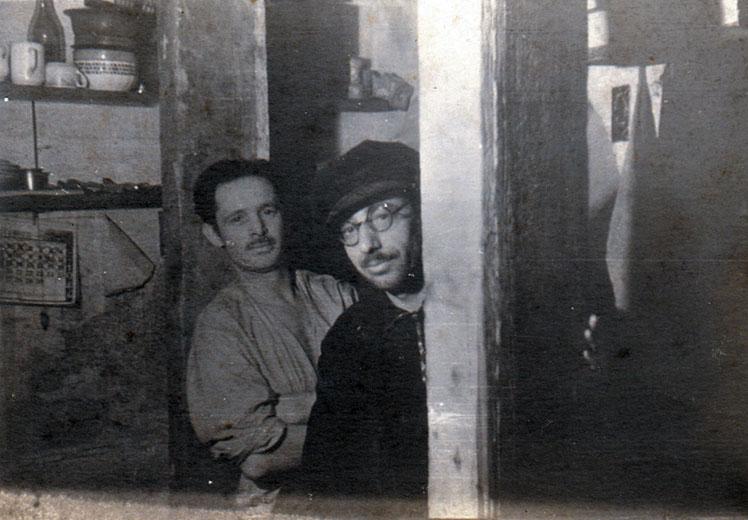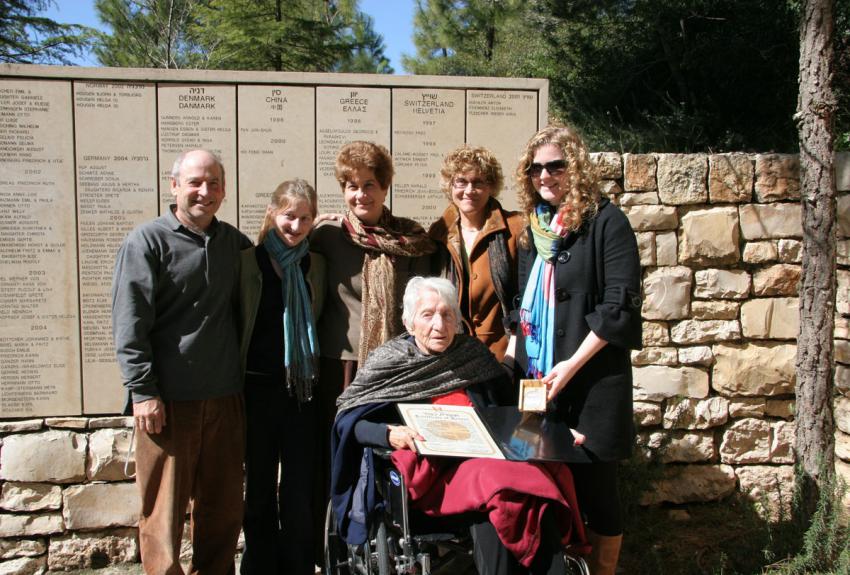Hiding Jews in the rescuers' home or on their property
In the rural areas in Eastern Europe hideouts or bunkers, as they were called, were dug under houses, cowsheds, barns, where the Jews would be concealed from sight. In addition to the threat of death that hung over the Jews' heads, physical conditions in such dark, cold, airless and crowded places over long periods of time were very hard to bear. The rescuers, whose life was terrorized too, would undertake to provide food – not an easy feat for poor families in wartime – removing the excrements, and taking care of all their wards' needs. Jews were also hidden in attics, hideouts in the forest, and in any place that could provide shelter and concealment, such as a cemetery, sewers, animal cages in a zoo, etc. Sometimes the hiding Jews were presented as non-Jews, as relatives or adopted children. Jews were also hidden in apartments in cities, and children were placed in convents with the nuns concealing their true identity. In Western Europe Jews were mostly hidden in houses, farms or convents.
Providing false papers and false identities
In order for Jews to assume the identity of non-Jews they needed false papers and assistance in establishing an existence under an assumed identity. Rescuers in this case would be forgers or officials who produced false documents, clergy who faked baptism certificates, and some foreign diplomats who issued visas or passports contrary to their country's instructions and policy. Diplomats in Budapest in late 1944 issued protective papers and hung their countries flags over whole buildings, so as to put Jews under their country's diplomatic immunity. Some German rescuers, like Oskar Schindler, used deceitful pretexts to protect their workers from deportation claiming the Jews were required by the army for the war effort.
Smuggling and assisting Jews to escape
Some rescuers helped Jews get out of a zone of special danger in order to escape to a less dangerous location. Smuggling Jews out of ghettos and prisons, helping them cross borders into unoccupied countries or into areas where the persecution was less intense, for example to neutral Switzerland, into Italian controlled parts where there were no deportations, or Hungary before the German occupation in March 1944.
The rescue of children - parents were faced with agonizing dilemmas to separate from their children and give them away in the hope of increasing their chances of survival. In some cases children who were left alone after their parents had been killed would be taken in by families or convents. In many cases it was individuals who decided to take in a child; in other cases and in some countries, especially Poland, Belgium, Holland and France, there were underground organizations that found homes for children, provided the necessary funds, food and medication, and made sure that the children were well cared for.


